Every monsoon, there is an increase in the number of people infected by dengue and chikungunya. Both are viral diseases transmitted by Aedes mosquitoes. While a number of the symptoms associated with the two diseases are similar, there exist some key differences.
What is Chikungunya?
Chikungunya is a viral disease spread by mosquitoes. Its symptoms include severe and unrelenting joint pain, body rash, headache and fever. The initial symptoms are similar to dengue fever. This fever is NOT life threatening. But the joint pains can last for a long time and full recovery may take months. Usually patient gets lifelong immunity from infection and hence re-infection is very rare.
History of Chikungunya Disease
Chikungunya(pronounced as chiki-en-GUN-yah) disease was first detected in 1952 in Africa at a place called Makonde Plateau. This is a border area between Tanzania and Mozambique. The name “chikungunya” is from the Makonde language and its meaning is “that which bends up”. This is a reference to the Chikungunya symptom where patients walk in a stooped posture due to joint pain.
The outbreaks are usually recorded within an interval of 7-8 years. Between 1960 and 1980 a number of outbreaks were reported from Asia and Africa. It made a comeback in recent years and is now being reported regularly from India, Indonesia, Maldives and Thailand. Due to its non fatal nature, a large number of Chikungunya infections go unreported.
What causes Chikungunya Fever?
Chikungunya is a viral disease which is transmitted by the bite of infected mosquitoes. Aedes aegypti mosquito (also called yellow fever mosquito) is the primary transmission agent of Chikungunya Virus. This is usually found in tropics and hence Chikungunya is predominantly seen in Asian countries. In recent cases, another mosquito species named Aedes albopictus is found to be a carrier. Aedes aegypti bites during day time and hence day time mosquito bite is the main reason for transmission.
Presence of stagnated water in and around you is one of the main causes of increased aedes mosquito population. This in turn causes a large number of mosquito bites leading to the rapid spread of Chikungunya virus.
Here are some key facts to keep in mind about the symptoms of chikungunya, and the preventive measures that can be taken to avoid infections.
Symptoms of Chikungunya
The symptoms of Chikungunya begin 3 to 7 days after being bitten by an infected mosquito. It typically starts with one or more of the following symptoms – chills, fever, vomiting, nausea, head ache and joint pain. The fever can reach upto 104 degree celsius. Some symptoms include:
- The most common symptoms are fever and joint pain
- Headache, muscle pain, joint swelling, or rash
- Redness in eye and difficulty in looking at light.
- Rashes may also appear usually on limbs and trunks.
- People at risk for more severe disease include newborns infected around the time of birth, older adults (≥65 years), and people with medical conditions such as high blood pressure, diabetes, or heart disease.
- It does not often result in death, but the symptoms can be severe and disabling.
Treatment of Chikungunya Disease
There is no antiviral drug or medicine specifically for Chikungunya. Treatment usually is for the symptoms and includes:
- Take sufficient rest
- Drink fluids to prevent dehydration
- Take medicine such as acetaminophen or paracetamol to reduce fever and pain
- Do not take aspirin and other non-steroidal anti-inflammatory drugs.
- Honey and lime mix is found to have soothing effect on the disease.
- However pregnant women and patients with health problems must consult a doctor.
Prevention of Chikungunya Fever
Presently there is no vaccine for this disease. There is only way to prevent this fever is – don’t get bit by a mosquito! This is easier said than done in a tropical area such as India. Follow these do’s and don’ts to prevent yourself:
Do’s
1) Get plenty of rest, and consume fluids to avoid dehydration if you have the disease.
2) Get tested immediately if any of the symptoms above manifest themselves. If you have a high-grade fever for more than 24 hours, go see a doctor.
3) Use mosquito nets and wear long sleeves and pants to avoid being bitten.
4) Keep your surroundings clean and dispose of waste regularly.
Don’ts
- Aedes mosquitoes – which transmit both dengue and chikungunya – breed in clean water. So don’t leave water in containers, coolers, flower pots and other such recipients exposed to the air. Don’t let water stagnate anywhere in or near your home.
- If you are using mosquito repellents, don’t use them on children below 2 months of age. For children older than 2 months, use insect repellents containing 10% DEET.
- Don’t apply mosquito repellent on your palms, or near your eyes or mouth.
- Mosquitos are attracted to dark colours, so avoid wearing dark-coloured clothes.
- Don’t wear tight clothes, for mosquitoes find it easier to bite through tight-fitting garments.
This year, Chikungunya has taken precedence over other vector-borne diseases and experts attribute this phenomenon to the changing weather conditions that have led to high humidity. So take necessary precautions and prevent yourself.
Share and spread awareness!


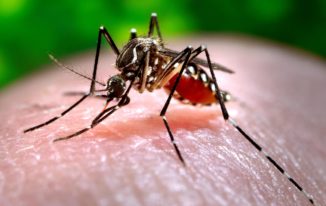
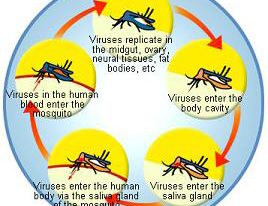

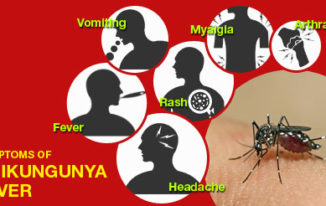
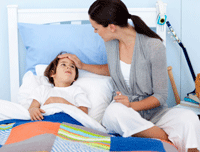



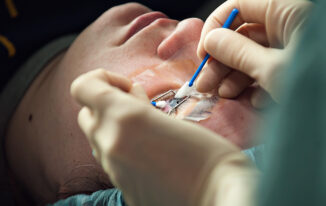
Thnx sonal for this valuable post. Before reading this article I was little bit confused. Now my confusin has cleared.
Thnx …
Hi Kailash
Thanks for taking time out and reading my blog. Glad that you found it useful.
Have a nice day!
Hi Sonal, Informative post, chikunguniya is spreading everywhere. Knowledge about this disease is useful for prevention. Thanks for sharing
Hi Sazia
Glad that you liked it
Have a nice day!
Hi Sonal ,
very interesting post .
I did not know about this kind of disease but know many had a fever in the last time
and hope it did not come from this infection . Good to know how to prevent it . Prevention is always better. Thank you for this informative post.
Erika
Erika Mohssen-Beyk recently posted…Do You Dare To Be You ? Playing Roles Is For Actor’s
Hi Erika mam
In Delhi, Chikungunya is spreading like anything. Almost every home is infected by it. True, prevention is always better.
Thanks for writing in
Have a nice day!
Hi there,
Loved your article.
Whenever I describe stress i say its is simply your body’s way of responding to any kind of demand or threat.
The best part of your article was DO and DONTS loved it
=)
Andy James recently posted…Just 1 Guaranteed Way of getting your hair back. Don’t loose hope just yet!
Hi Andy
Glad that you found it useful!
Have a nice day!